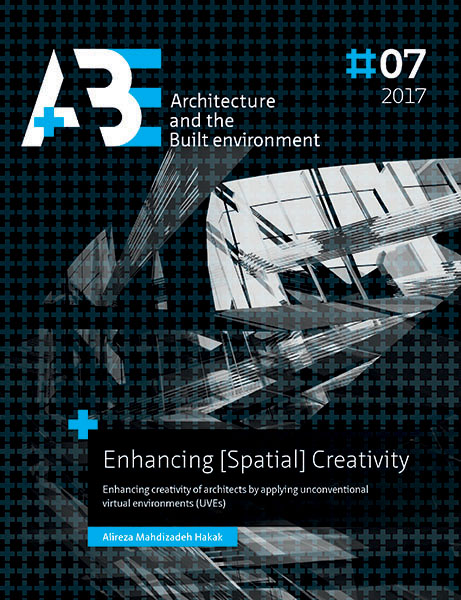Implementing UVEs
In architecture pedagogy
DOI:
https://doi.org/10.7480/abe.2017.7.3633Abstract
This chapter introduces unconventional virtual environments (UVEs) in the context of this research. The characteristics, types and parameters of UVEs are defined. Moreover, the role of experience and its efficacy on idea expansion and divergent thinking are also discussed in this Chapter. The brain possesses existing knowledge of architectural space, styles and physical world. By exposure to UVE, previously unknown data feed can be added to this existing knowledgebase.
The brain tries to digest this new feed by connecting them to the previous/existing knowledge of space. It is hypothesized that the challenge of the brain to digest new feeds, indirectly stimulate creativity. To prove this hypothesis, more research experiments were designed. These, are discussed in the following chapters.
After examining the hypothesis, a possible implementation of UVEs within architectural pedagogy is also discussed. It is also suggested to provide workshops for developing UVEs and let students navigate and interact with them during their education in order to expand their inventory of experiences. The more they can expand their experiences, the more combination of ideas is made possible, which, will indirectly influence their creativity.
Respective research findings have been published in the third journal article: “Implementing unconventional virtual environments for enhancing creativity in Architecture pedagogy”, IGI Global Publisher, Volume 3, Issue 4, 2012, pp. 41-52.

